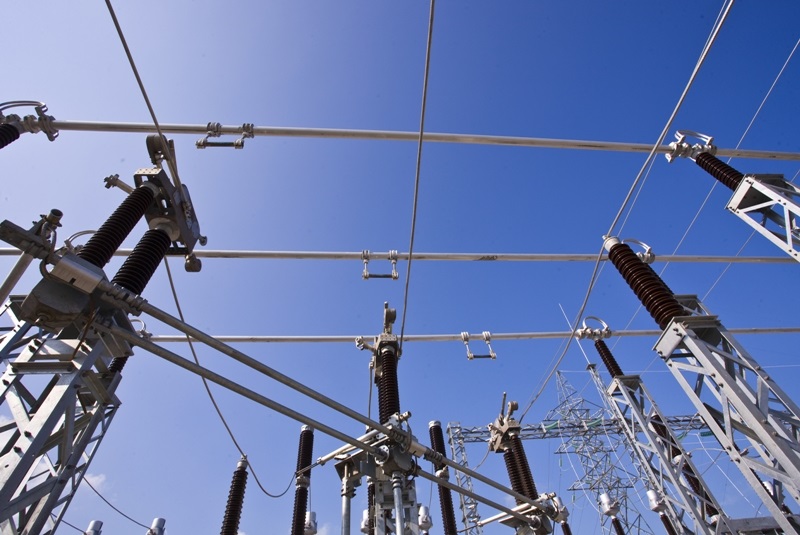According to latest CEA statistics, India’s energy deficit dropped to 0.3 per cent in the first half of FY21, from 0.5 per cent in FY20.
During the first half of FY21 (April 1, 2020 to September 30, 2020), India is estimated to have had an electricity demand of 627,634 million kwh against which 625,526 million kwh was supplied. This resulted in a deficit of 2,108 million kwh, or 0.3 per cent.
In FY20 (April 1, 2019 to March 31, 2020), India’s electricity demand was 1,290,247 million kwh while the supply was 1,283,690 million kwh. The deficit during FY20 was thus 6557 million kwh, or 0.5 per cent.
Though there has been a general decline in the energy deficit, which means that electricity requirement is generally met throughout the country, there are interregional disparities. In the first half of FY21, while the western and southern regions had zero deficit, this was not the case with other regions. The northern region showed a deficit of 0.7 per cent while the eastern region had 0.3 per cent. The worst-affected was the northeastern region that recorded a deficit of 3.1 per cent.
In terms of consumption, the northern region was the biggest consumer of electricity accounting for 33.7 per cent of the total consumption in the first half of FY21. The western region (share: 28.1 per cent) was followed by the southern region (24.9 per cent) and the eastern region (11.9 per cent).
The northeastern region was the lowest consumer of electricity with a share of just 1.3 per cent in India’s total electricity consumption in the first half of FY21. Within this region, the largest energy deficit of 4.6 per cent was seen in Assam.
Northeast India suffers from low electricity consumption due to the sheer fact that the electricity distribution network is very weak. Till very recently, Arunachal Pradesh accounted for over half of India’s unelectrified villages. Hostile topography has resulted in slow progress in reaching electricity to remote villages. Besides, low density of population leads to inhabitations far away from each other, often making the distribution grid economically unviable.
Peak demand
India’s peak demand of electricity during the first half of FY21 was 176,875 mw and this was met to the extent of 176,568. This resulted in a peak demand deficit of 0.2 per cent. Incidentally, the peak demand in the first half of FY21 was reached in September 2020. In FY20, the peak demand was 183,804 mw and the deficit in this respect was relatively higher at 0.7 per cent.
Note: 1 kwh = 1 unit; million units (MU) = million kwh = Gwh

